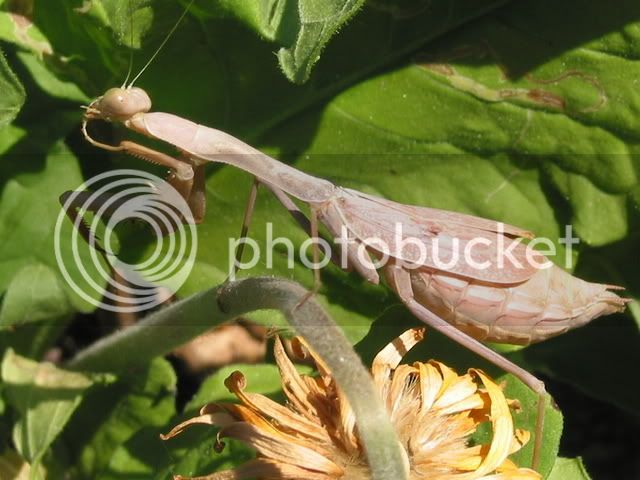harryallard
Well-known member
exactly
but oh well
if anyone finds it offensive then fine,
i got rid of it
ok back on subject
:lol:
so is there actually no such thing as an albino mantis?
but oh well
if anyone finds it offensive then fine,
i got rid of it
ok back on subject
:lol:
so is there actually no such thing as an albino mantis?
















































